The Michelin Man, 100 Years of Bibendum
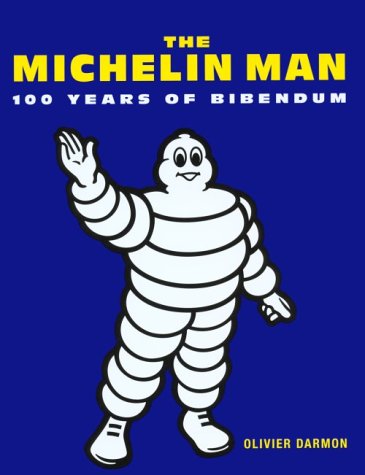 by Olivier Darmon
by Olivier Darmon
This book charmed and delighted me when I first read—and yes, reviewed—it some 23 years ago. Revisiting the pages again to share some of them with you brought smiles to my face yet again for as I’d written two decades ago the book hadn’t been quite what I’d anticipated. It wasn’t about tire compounding or technological and manufacturing innovations, but rather a pictorial history of Bibendum himself and how he’s morphed and changed over the decades since his own 1897–1898 creation. The date is a bit vague for no actual birth certificate seems to have been issued although we do know that father, artist Marius or Maurice—sources differ—Rossillion was present as were “mid-wives” Edouard and André Michelin.

Quite simply my very, very favorite for what is probably all too obvious a reason. Its credit reads: Mirko Illic, 1990.
That Bib has enjoyed such a long, happy, exciting, and hearty life is partly due to the wisdom of his caretakers down through the ages not being overly controlling. Think about it; how many company mascots or logos can you point to that have not merely survived but endure and are still the face of the company a century and a quarter later?
Michelin has always been a wise and understanding parent willing to let—even encouraging—Bib’s visual appearance changes with the times and circumstances. Nor has the company limited who could illustrate Bib to just one “company approved” artist, rather Michelin has been pleased to permit many different ones to “have a go” at interpreting and presenting its mascot. Thus Bib—and Michelin—have benefited as the richness of the imagery in this book so clearly shows.
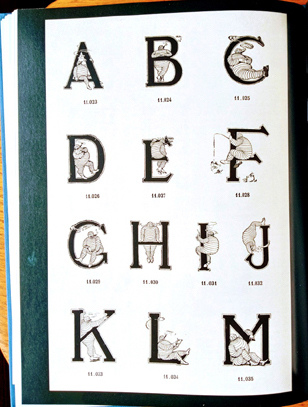
The alphabet according to Bib is circa 1919 and was utilized on the company’s letterhead.
Matt Hocker, staff librarian at the Chris & Kathleen Koch AACA Library and Research Center, observed in a 2013 piece in that organization’s Antique Automobile that this particular book “offers a comprehensive history of the character.” Earlier in his article he’d chronicled some of the changes to Bib’s appearance over time even commenting that “Bibendum must have also had an intervention, because he no longer drank and, with the exception of the occasional relapse, gave up smoking by 1929” adding that “he became more interested in physical fitness” and the “exercise paid off, as he is considerably thinner today.”
The book itself has its own evolutionary history. Olivier Darmon scribed it in French just as he did with his other titles and it was published in 1997 titled One Hundred Years of Michelin Man. Bernard Besseerglik ably translated it to English and Knickerbocker Press published it in the US the following year with actual printing accomplished in Italy.

Many personas, occupations, and lifestyles of Bib including improbably a lady Bib with a baby Bib in the perambulator and another “parent” Bib changing baby Bib’s nappy.
A company called Conran Octopus, which is a division of the Octopus Publishing Group and described as “a cross-platform illustrated publisher” is credited with the design and layout which is most pleasing albeit somewhat unusual. Following the title page is the masthead page with the usual information but on the facing page immediately begins the first chapter. And, at the end of the book, on facing pages, are the credits and where one might expect to find an index is the table of contents listing the seven chapter titles. There is no index but there is a bibliography.
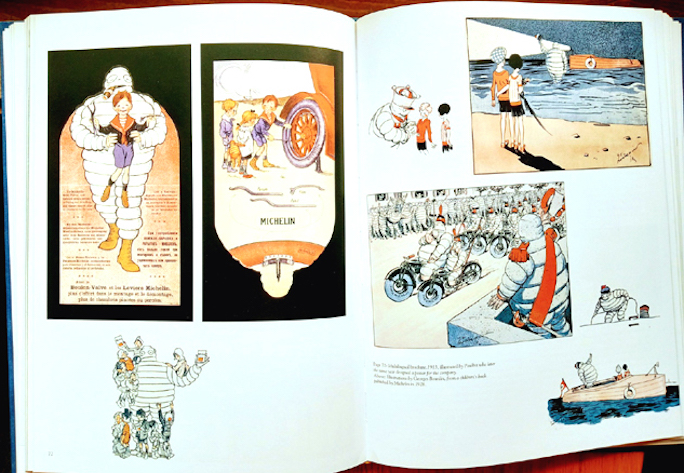
Bib shown as always an advocate for and protector of children, loyal and patriotic, and graciously welcoming in illustrations and ads from, on left 1913, on right 1928.
Not coincidentally, a Conran Octopus co-founder, Sir Terence Conran, wrote the dust jacket commendation saying in part, “As you might imagine, I have a particular affection for Michelin as we run both the Conran Shop and Bibendum restaurant from Michelin House in London.” The “we” in Conran’s words refers to his business partner Lord Paul Hamlyn.
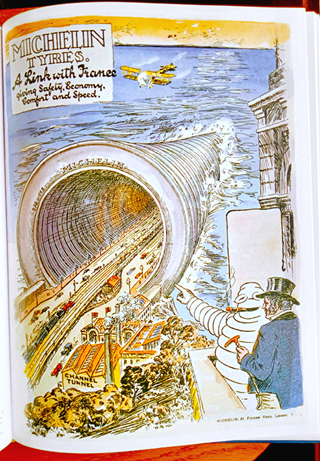
Predating the Chunnel by 80 years, Michelin and Bib imagined that beneath-the-channel connection as this advertisement shows.
The book devotes several pages to describing André Michelin’s commissioning of a building intending it to be “an astonishing Art Nouveau interpretation of the company’s traditional advertising themes.” Michelin House, inaugurated in 1911, “was unusually bold in a London context where the use of color in architecture was still relatively rare.” Michelin occupied its House from 1911 to 1985 and many of its features including stained glass windows, ceramic panels, mosaics, to name but a few, are intact and enjoyed by patrons of the restaurant renamed in 2016 Claude Bosi at Bibendum by the chef who took over the kitchen, and the shops that also today occupy the complex.
Having thoroughly enjoyed reading the pages and viewing all to be found in photos and illustrations all those years ago, it was just as joyful revisiting them. Though the book is long out of print, a quick perusal on the internet indicates copies are available, many priced reasonably.
Copyright 2023 Helen V Hutchings, SAH (speedreaders.info)


 RSS Feed - Comments
RSS Feed - Comments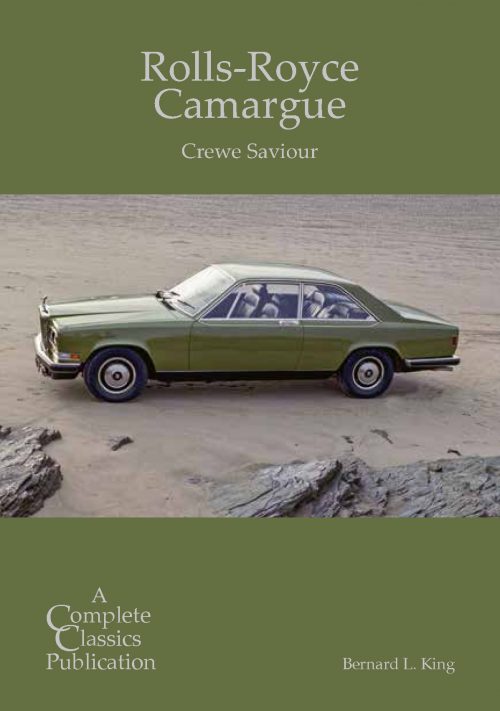

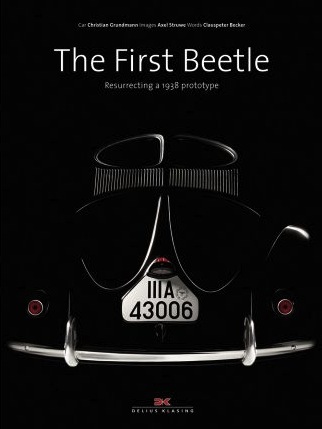
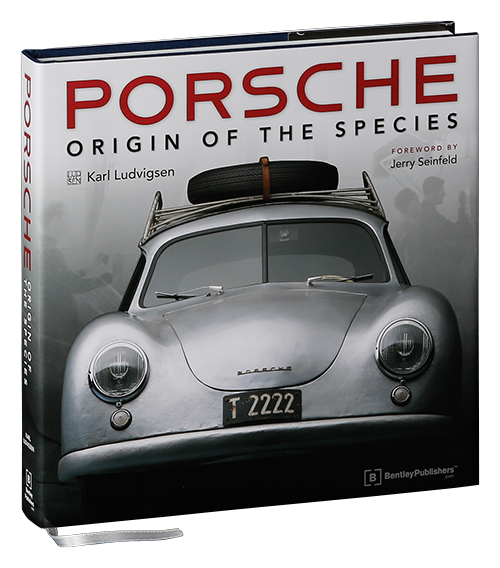






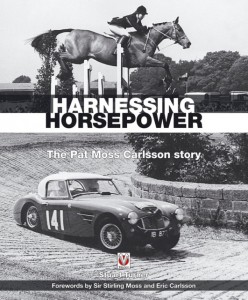
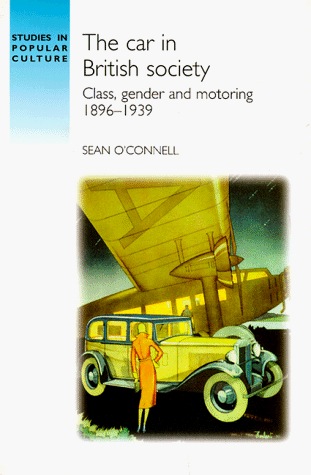




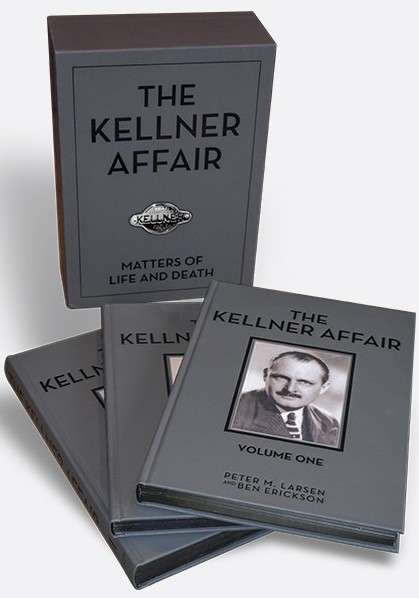
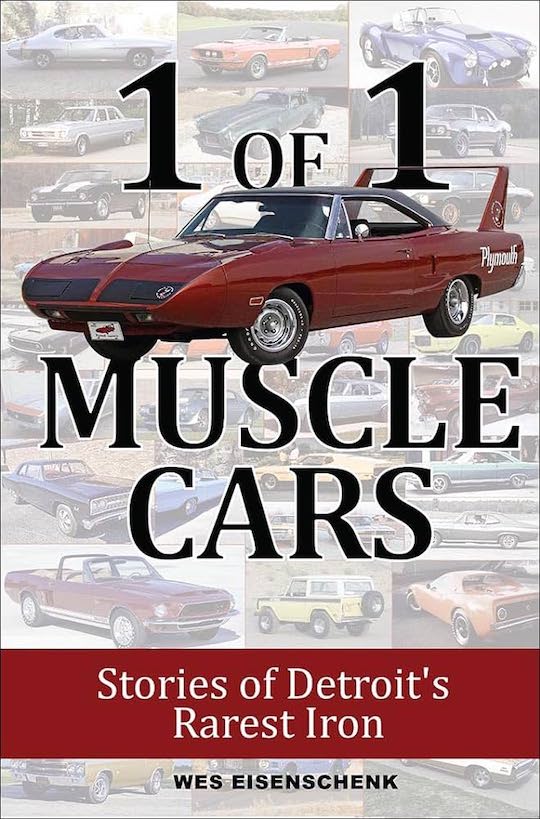

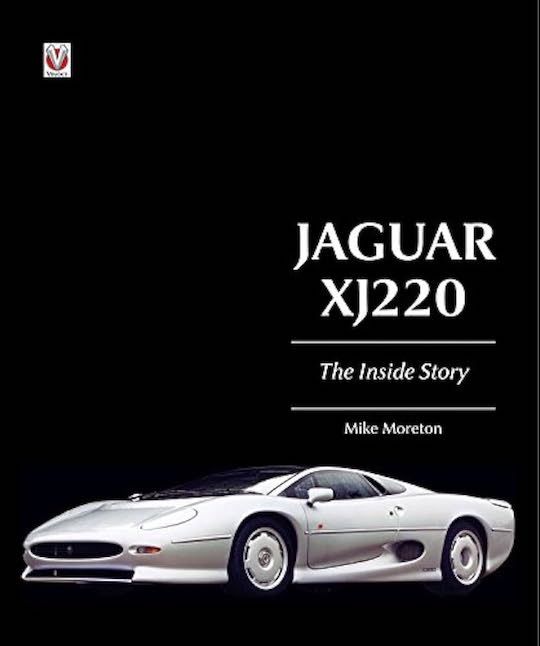

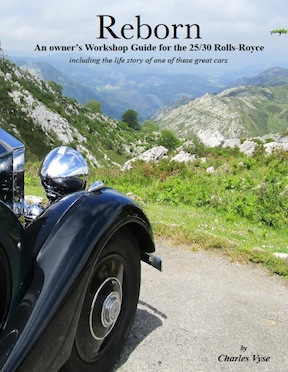


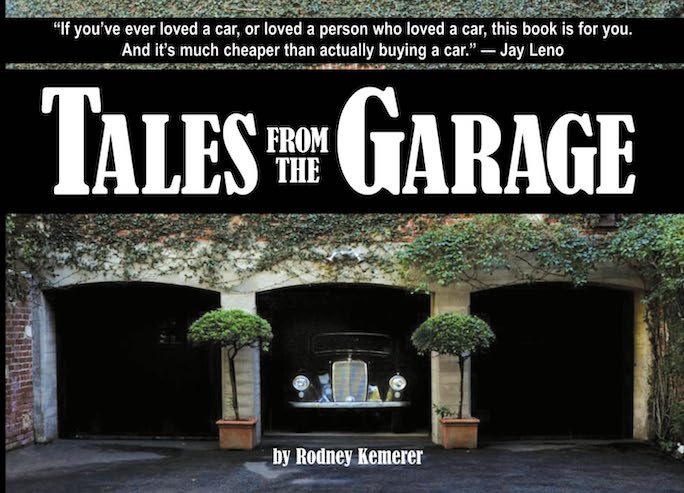


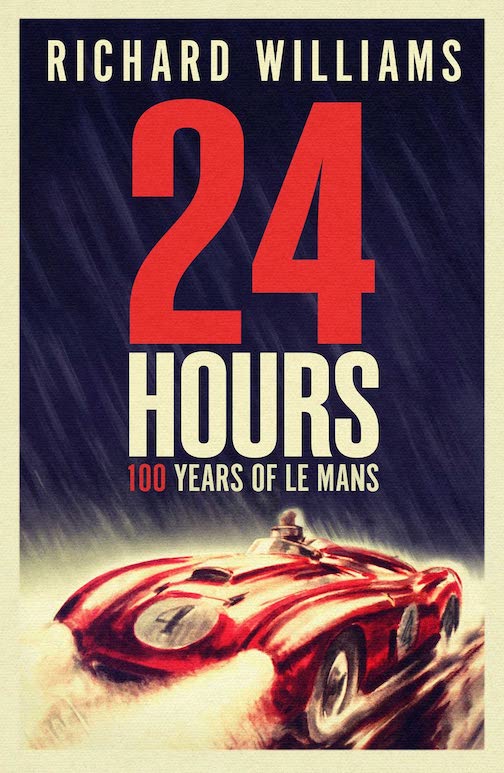
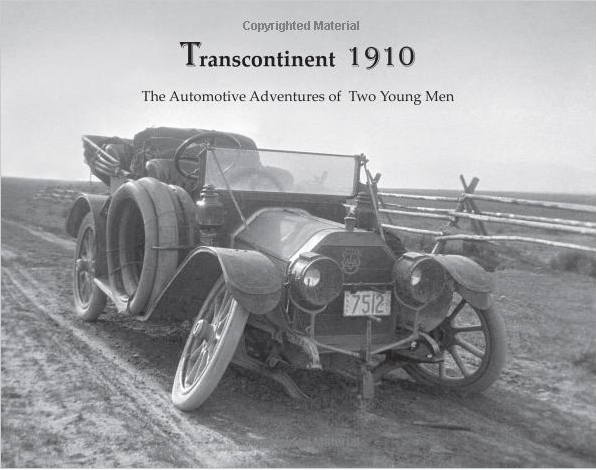




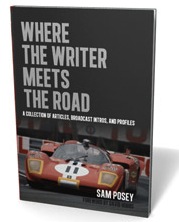



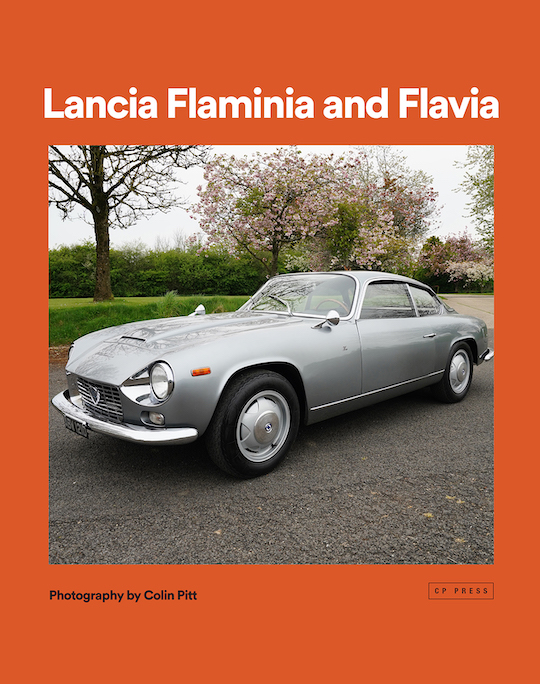
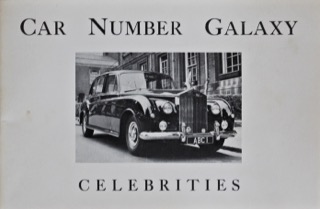

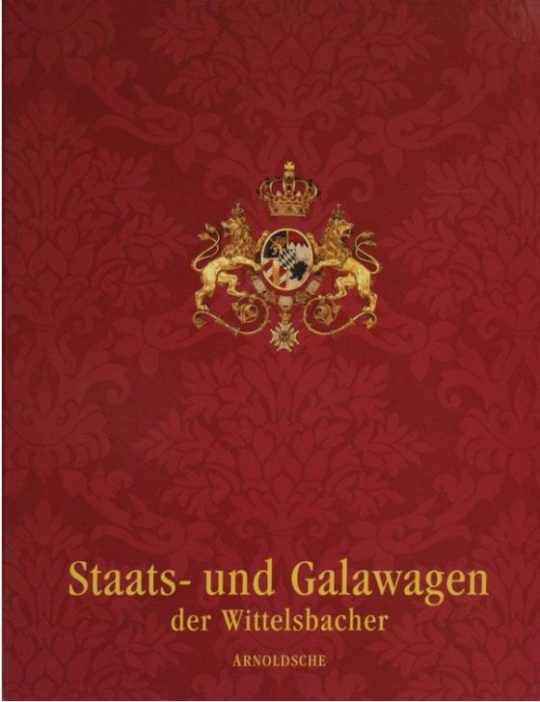



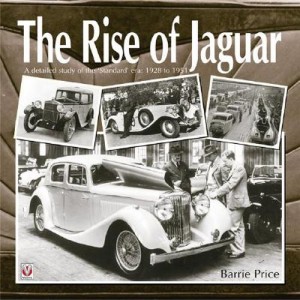
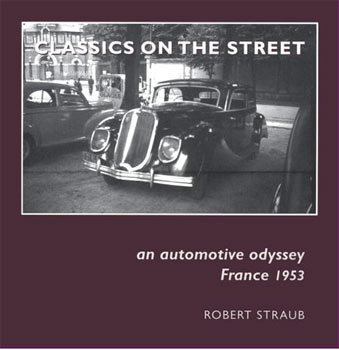
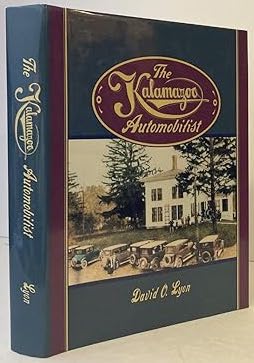

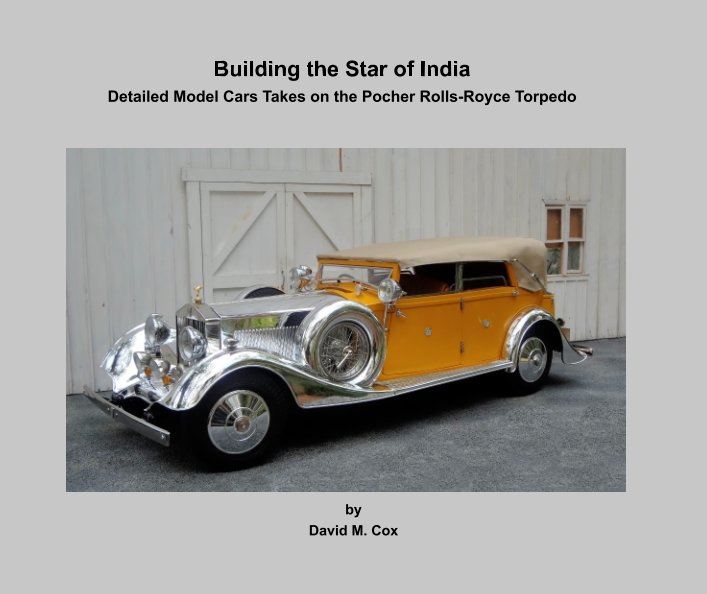



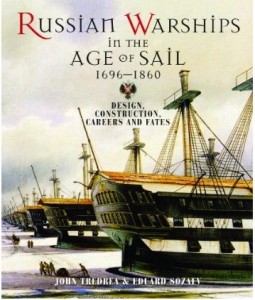



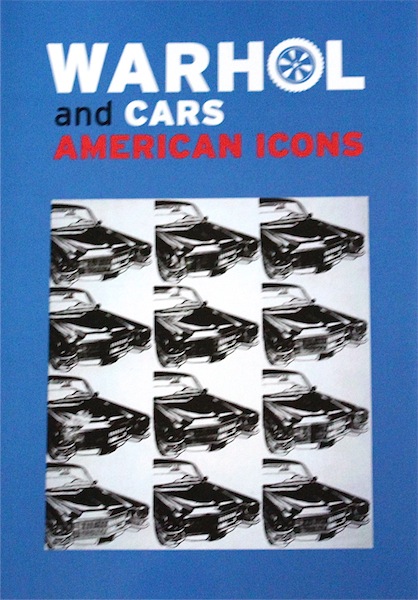



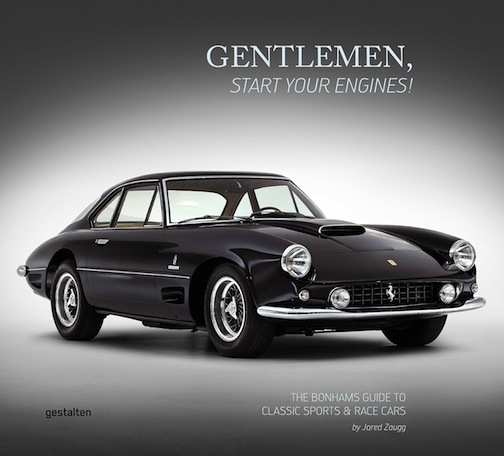


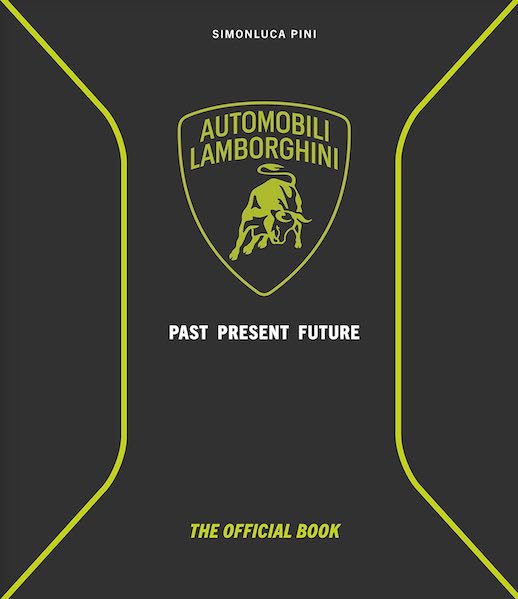






 Phone / Mail / Email
Phone / Mail / Email RSS Feed
RSS Feed Facebook
Facebook Twitter
Twitter